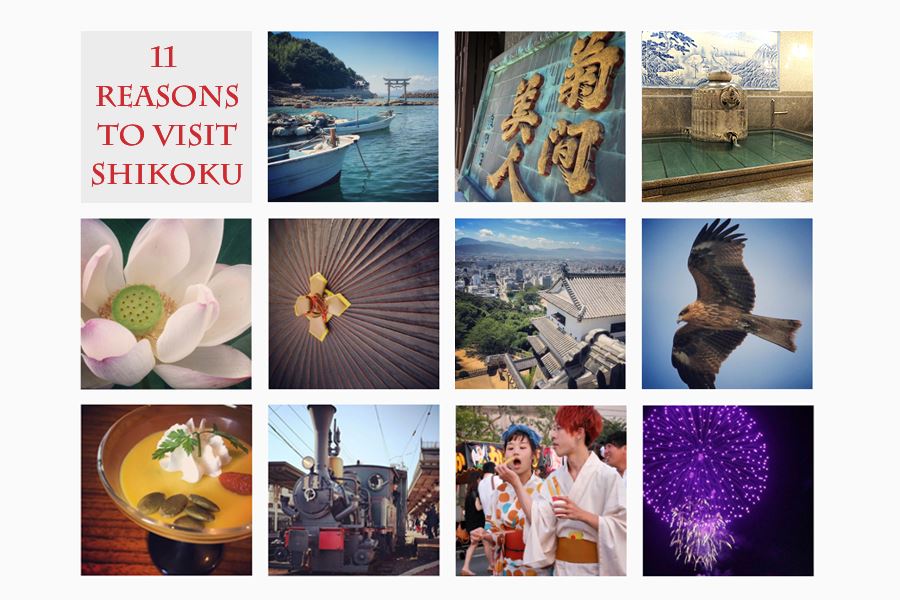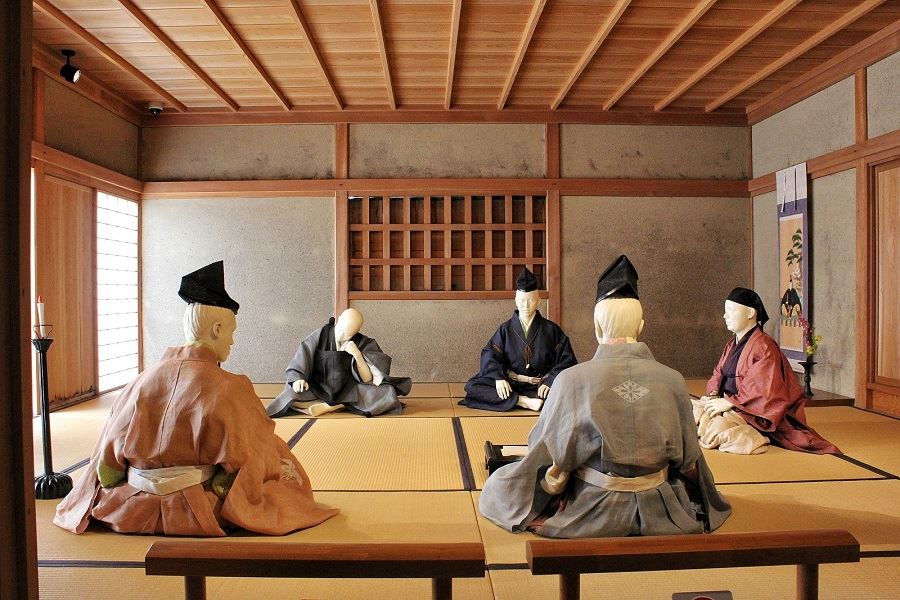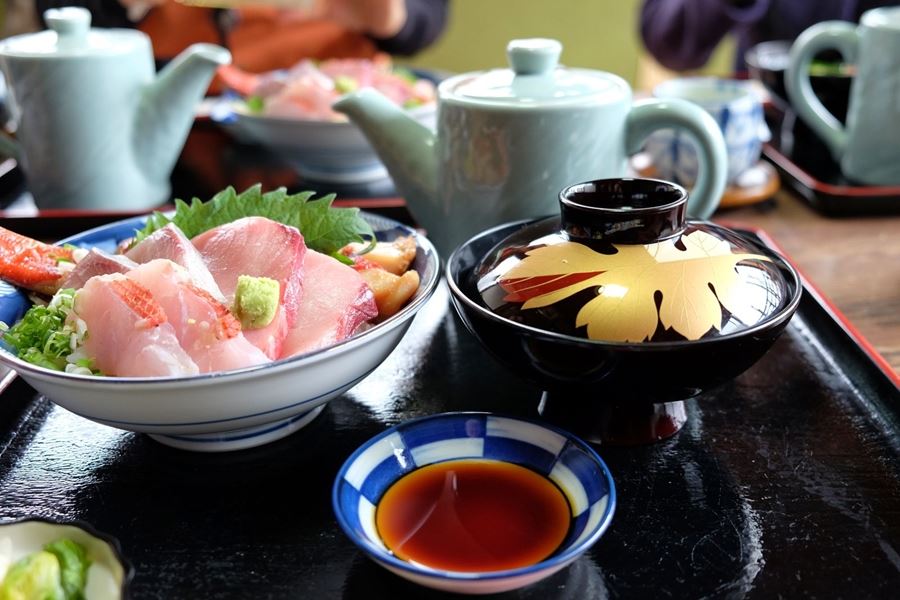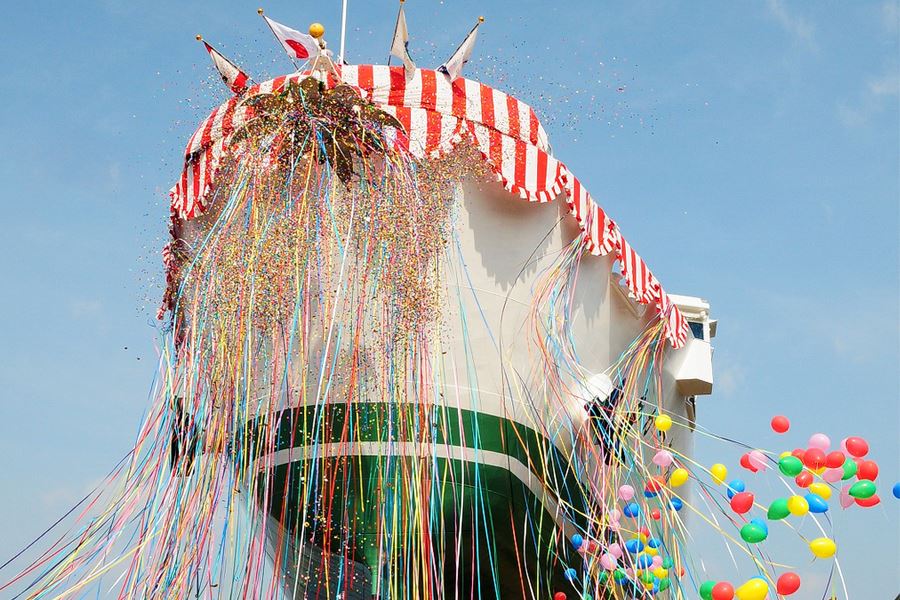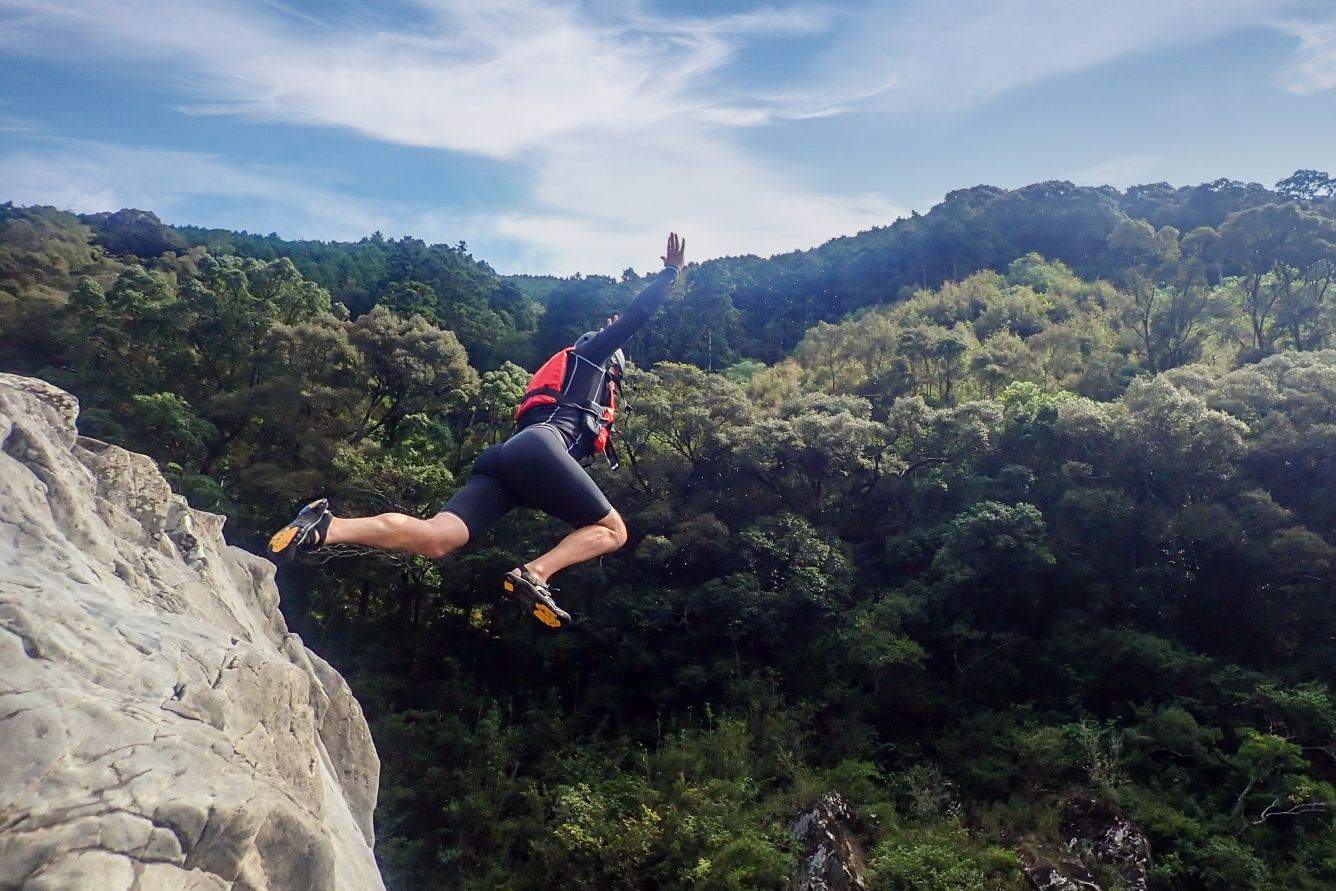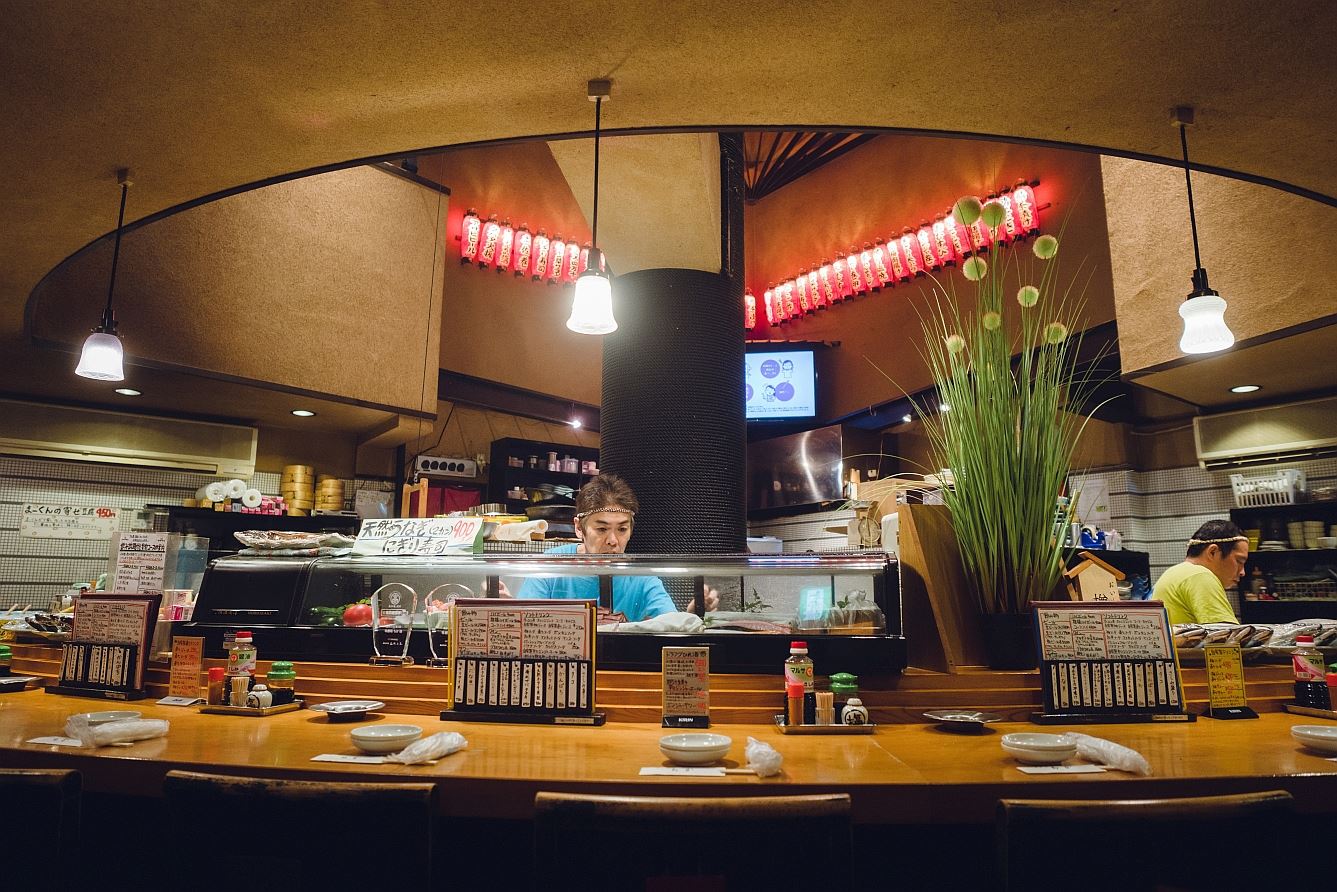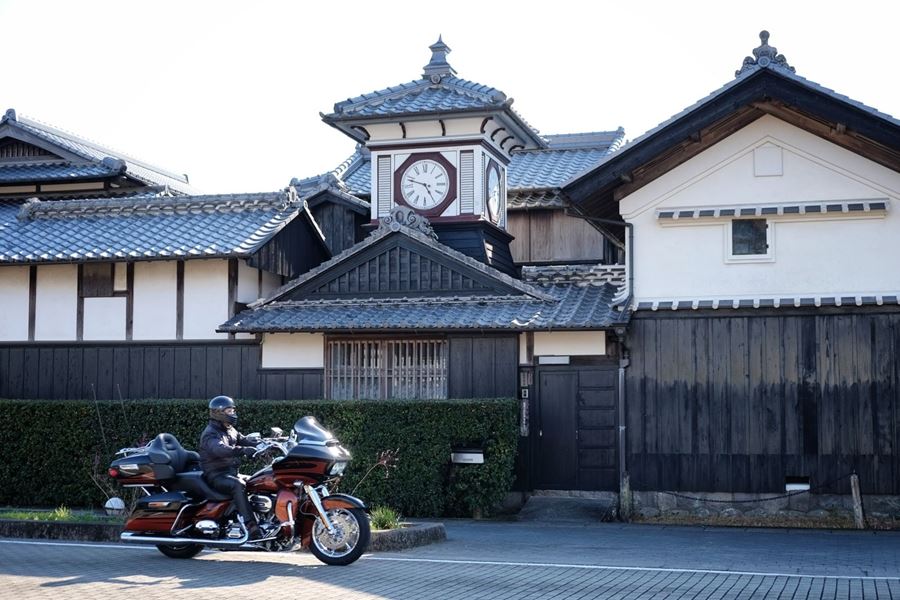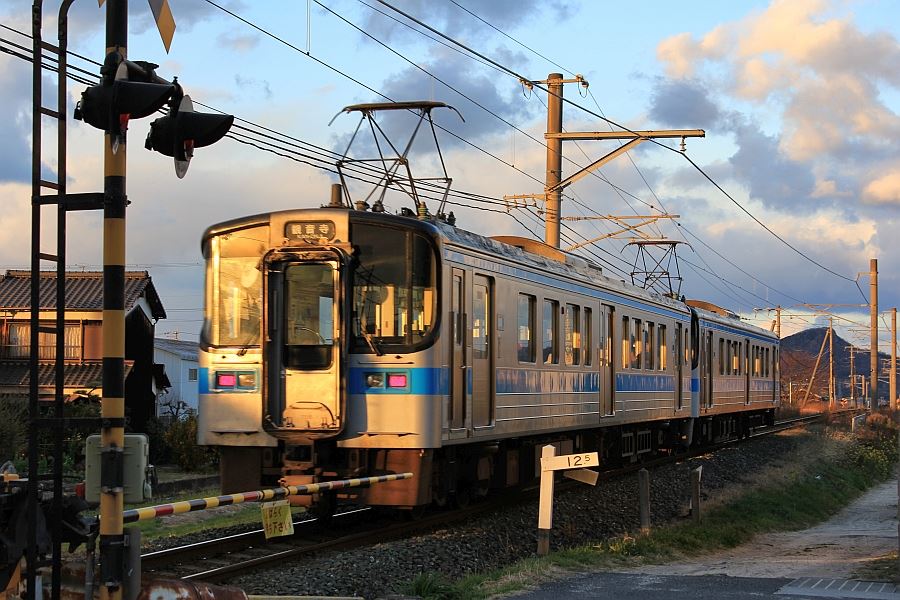Shikoku’s Mascot Characters
Home » Shikoku’s Mascot Characters
Shikoku’s Mascot Characters
If you’re at all into Japanese culture, you’re probably aware of Yuru-Chara, the floppy mascot characters adopted by municipalities all over the country. They’re brand ambassadors who appear as illustrations on pamphlets and signs, and they’re incarnated as velour suits in which some poor soul is led about at events, sweating profusely and giving high fives until they collapse. These characters are also worked ingeniously into countless winsome products of questionable utility. Yuru-Chara fight for top popularity ranking in the annual Yuru-Chara Grand Prix.
Needless to say, pretty much every municipality in Shikoku has had a stab at producing its own mascot, with mixed results. Here we look at the apex Yuru-Chara, the mascots who represent each of the four prefectures of Shikoku.
At Shikoku Tours, we have a rather schizophrenic attitude to Yuru-Chara. Some days, we think they should all be put in a big fishing net and towed out to sea. On other days, we can get a bit soppy and even line up for a high five, especially if it’s Mikyan, who represents Ehime where we’re based.
Mikyan
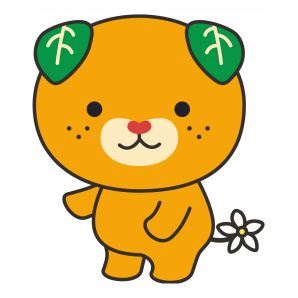
Mikyan is the official mascot of Ehime Prefecture. He combines the motifs of a mikan orange and a dog.
Mikan oranges are a local speciality of Ehime. The shape of Ehime Prefecture sort of resembles a running dog, and the postfix ‘yaken’ used in Ehime dialect coincidentally includes one of the kanji readings for dog (ken). Mikyan is orange coloured, his ears are tangerine leaves and there’s a tangerine flower at the end of his tail.
His name was decided by a request for proposals from the public. It combines the word “mikan” and the bark of a dog “kyan”. (The sounds that animals in Japan make vs. those in other countries is a rich area of intercultural badinage over drinks). “Mikyan” also incorporates the English word “can”, suggesting a positive attitude, if not a complete familiarity with English pronunciation.
As of 2015, Mikyan had risen to first place in the Yuru Chara Grand Prix in internet voting, although he lost to some ghastly historical character from the Nagoya region in something that looked a lot like subterfuge. Plus ça change.
Profile Birthday: November 11, 2011 (One = Wan in Japanese. Wan Wan Wan Wan Day –Japanese dogs say “wan wan” when they bark. Geddit?! This stuff gets really deep.) Birthplace: Ehime Prefecture Personality: Bright, curious, and enthusiastic. Optimistic and cheerful. Job: Works full time in the PR for Ehime Prefecture. Charm points: Heart-shaped nose and mandarin orange flower tail. Favourite food: Anything from Ehime Prefecture. Especially mandarin oranges. Favourite things: Sports, travel, eating.
Dark Mikyan
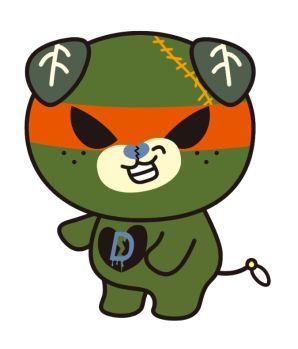
Mikyan’s rival character, Dark Mikyan made his début in 2015 to create buzz for that year’s Yuru-Chara Grand Prix. He was born as a mandarin orange outside Ehime Prefecture, where he couldn’t become a perfect fruit like Mikyan. Consequently, his reason for living is to thwart Mikyan however he can. He has the colour of a mouldy mandarin orange, an evil face, and a big scratch on his forehead.
Dark Mikyan was handmade by the prefectural office staff, which involved remodelling an old Mikyan costume. This was achieved on a total budget of 13,051 yen including production of a promotional video. Considering how much prefectural offices waste on other projects, this was a truly extraordinary feat of parsimony.
Profile
Birthday: Unknown
Birthplace: Ehime Prefecture
Personality: A persistent nuisance
Job: Thwarting Mikyan
Charm points: Scar on his head and letter D on his chest
Favourite food: Anything mouldy. Especially mouldy mandarin oranges
Favourite things: Seeing Mikyan having a hard time
Least favourite things: People supporting Mikyan. The aroma of citrus produced in Ehime
Kuroshio-kun
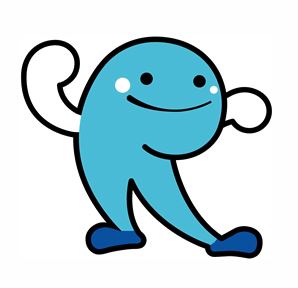
Kuroshio-kun is the official mascot of Kochi Prefecture. He was designed by a woman in her 50s from Aichi Prefecture. He made his début in 2002 for the Yosakoi National Athletic Meet held in Kochi as the official mascot of the prefecture.
Some 3,000 stuffed toys featuring Kuroshio-kun sold out on the morning of the first day of the competition. He was judged to be the most popular mascot in the history of the National Athletic Meet, winning praise from Yanase Takashi, the father of Anpanman.
Kuroshio-kun’s motif is the sea of the Kuroshio current which flows off Tosa Bay. However, he’s often mistaken for a whale even though nearly 20 years have passed since his first appearance. Some might say that was a design failure, but we wouldn’t have any truck with Bolshevism of that sort.
Profile
Wavy. Easily mistaken for a large marine mammal.
Katsuo Ningen
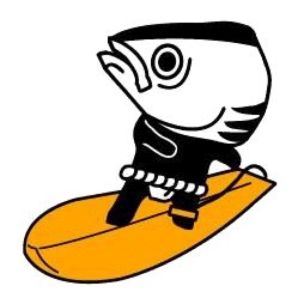
Katsuo Ningen is a mascot character born in Kōchi Prefecture. He combines the decapitated head of a skipjack tuna with a human body. In Japan, he’s representative of the taste for creepy yet somehow cute characters.
He was designed by a confectionery manufacturer in 2007, featuring the skipjack tuna that plays a central part in Kōchi food culture. Vegetarians are likely to be triggered by the fact that his spine is exposed and the flesh bulges out slightly where the knife passed. Sorry about that. He’s achieved a status close to a second official character of Kōchi.
Profile
Date of birth: Unknown (37 years old).
Origin: From the sea off Tosa
Favourite food: Gamecock hotpot, another signature dish of Kōchi
Hobbies: Surfing and fishing
Personality: Wilful and capricious like a typical person from Kōchi. He doesn’t actually speak, but he’s thought to speak only Tosa dialect.
Sudachi-kun
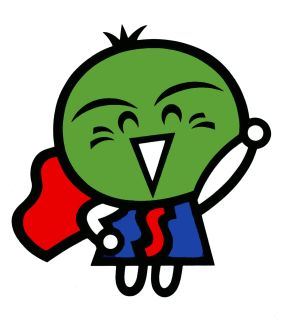
Sudachi-kun is the official mascot of Tokushima Prefecture. He first appeared at the East Shikoku National Athletic Meet in 1993. Sudachi is another of the citrus varieties that grows abundantly on Shikoku. It’s similar to a lime, but is more intense. In Shikoku, sudachi is served as an accent to fish, udon, and alcoholic beverages.
Sudachi-kun was drawn by a consortium of primary school pupils in response to a public request for proposals and was rejected in the first round. But the final selection committee asked to see the rejected offerings and unanimously selected Sudachi-kun. Interviewed in 2018 on the 25th anniversary of his début, one of the girls who created Sudachi-kun said, “Thanks to Sudachi-kun, I was able to take part in the torch relay. I was also invited to a banquet with the Emperor and spoke directly with him”. Witness the true power of a little green citrus fruit.
Sudachi-kun was very well received at the East Shikoku National Athletic Meet. Character-themed merchandise sold well, and many of the flags depicting Sudachi-kun were taken home (pinched) by participants.
Profile
No droll, pun-rich data is offered by Tokushima Prefecture. That’s what happens when you hand over your brand design to primary school kids.
Udon Nou
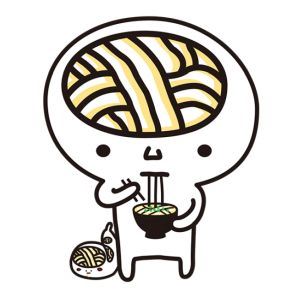
Kagawa is known as the best place in Japan to eat udon noodles, so it’s not surprising that the prefecture’s official mascot might make a nod at this culinary theme. Udon Nou is a monster whose brain has turned to udon from eating it every day. He promotes Sanuki udon in Japan and overseas. He made his début in 2011 and was appointed as the official Udon Ambassador of the Real Sanuki Udon Cooperative. His official name is “Tsuru Chara Udon Nou”. He’s not a Yuru-Chara but a Tsuru-Chara. Tsuru-tsuru is the slurping noise you make eating noodles. Geddit?! Puns in foreign languages … what’s not to like?
Profile
Personality: Since he only thinks about udon, he has a simple, natural character. He can only experience peace while eating udon and sleeping. He has a very poor memory.
Gender: Unknown (a formerly human monster)
Birthday: Emerged from the pot on July 7, 2011
Blood type: Includes dried fish
Size: From 7 cm to about 2 meters
Favourite food: Fried chikuwa, and the scallions and bits of udon left in the soup at the end.
You may have noticed that of all these characters, only one, Kuroshio-kun, is not ostensibly related to food. The rest allude to fruit, fish, and noodles, showing how closely aligned the identities of Shikoku’s provinces are to food. Even Kuroshio-kun is tangentially related to food, since every Japanese knows that it’s the Kuroshio Current that carries fabulous fish to Shikoku. So when you come to Shikoku, expect to be kept busy trying all the different foods that shape the very identity of the place.
Related Tours

Experience the most beautiful and interesting temples of the Shikoku Pilgrimage in seven days.

A tour for families or friends, staying in the most characterful kominka and ryokan of Shikoku.

Visit the most beautiful and interesting temples of the Shikoku Pilgrimage and walk the toughest trails.

